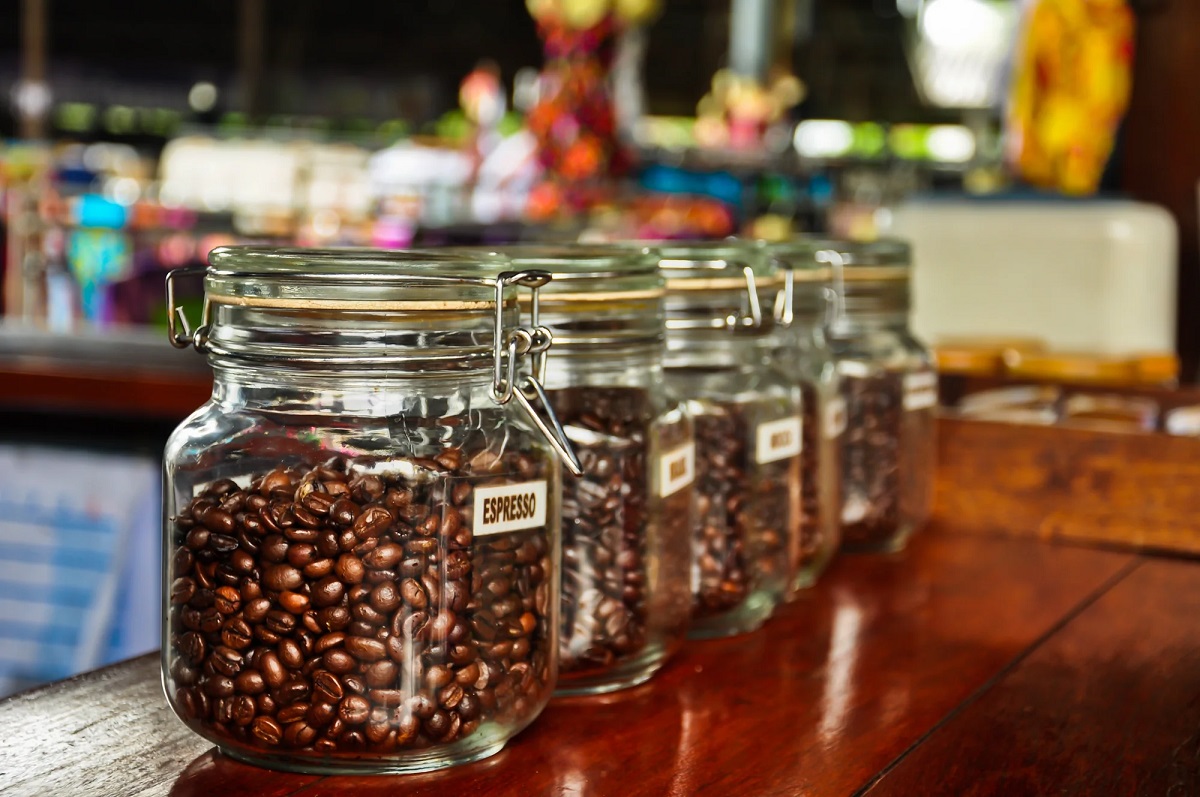

Articles
How To Store Coffee Beans
Modified: February 26, 2024
Learn the best methods for storing coffee beans to preserve their freshness and flavor. Read our helpful articles on coffee bean storage techniques.
(Many of the links in this article redirect to a specific reviewed product. Your purchase of these products through affiliate links helps to generate commission for Storables.com, at no extra cost. Learn more)
Introduction
Welcome to the world of coffee lovers! If you’re a connoisseur or simply enjoy a good cup of joe, you understand the importance of starting with fresh, high-quality coffee beans. But did you know that how you store your coffee beans can have a significant impact on their freshness and flavor?
In this article, we’ll explore the art of proper coffee bean storage and why it matters. We’ll delve into the various factors that affect coffee bean freshness and discover the best containers for preserving their flavor. We’ll also discuss temperature and humidity considerations, the importance of avoiding light exposure, and how to keep your coffee beans away from air. Additionally, we’ll cover other crucial factors to consider when storing your coffee beans correctly.
So, whether you’re a casual coffee drinker or a passionate aficionado, join us as we unravel the secrets to keeping your coffee beans fresh and flavorful for as long as possible.
Key Takeaways:
- Proper coffee bean storage is crucial for preserving freshness, flavor, and aroma. Factors like air exposure, temperature, and humidity impact bean quality. Choose airtight, opaque containers and store in a cool, dark place to maintain peak freshness.
- Coffee beans have a limited shelf life, best consumed within a month of roasting. Signs of spoilage include stale aroma, mold, inconsistent flavor, and oily appearance. Proper storage and regular inspection ensure a consistently delicious brew.
Read more: How To Store Coffee Beans Properly
Why Proper Coffee Bean Storage Matters
Proper coffee bean storage is crucial because it plays a vital role in preserving the freshness, flavor, and aroma of your favorite beans. When coffee beans are exposed to certain environmental factors, they can quickly lose their quality, resulting in a less enjoyable cup of coffee. Here are a few reasons why proper coffee bean storage matters:
- Preserves Freshness: Coffee beans are at their best when they are freshly roasted. The roasting process releases oils and gases that contribute to the beans’ flavor and aroma. However, these volatile compounds will start to degrade once the beans are exposed to air, light, moisture, and heat. By storing your coffee beans properly, you can slow down this deterioration process and keep them as fresh as possible.
- Maintains Flavor and Aroma: The flavor and aroma of coffee are what make it such a beloved beverage. When coffee beans are improperly stored, they can absorb odors and flavors from their surroundings, resulting in a stale or off-tasting cup of coffee. By storing your beans correctly, you can protect their unique flavors and ensure a more satisfying coffee experience.
- Extends Shelf Life: Coffee beans have a limited shelf life. While they won’t necessarily go bad like perishable foods, they will gradually lose their quality over time. By employing proper storage techniques, you can extend the shelf life of your coffee beans and enjoy their peak freshness for a longer period.
- Cost-Effective: Investing in high-quality coffee beans can be expensive, especially if you prefer specialty or gourmet varieties. By storing your beans correctly, you can maximize their freshness and get the most out of your investment. This means you won’t have to discard stale or spoiled beans and can savor every sip of your perfectly brewed coffee.
- Consistency in Brewing: When your coffee beans are stored properly, they will retain their optimal moisture content. This consistency in moisture can lead to more consistent and predictable brewing results. Whether you use an espresso machine, a pour-over method, or any other brewing technique, proper storage ensures that you can consistently achieve your desired flavor and strength.
Now that we understand why proper coffee bean storage matters, let’s explore the key factors that can affect coffee bean freshness and quality.
Factors Affecting Coffee Bean Freshness
Several factors can affect the freshness and quality of your coffee beans. By understanding these factors, you can take the necessary steps to prolong their freshness and enjoy a better-tasting cup of coffee. Here are the key factors that can impact coffee bean freshness:
- Air Exposure: Oxygen is the enemy of coffee beans. When coffee beans are exposed to air, they undergo a process called oxidation, which leads to a loss of flavor and aroma. The more air that comes into contact with the beans, the faster they will deteriorate. It is crucial to store your beans in a tightly sealed container to minimize air exposure.
- Temperature: Temperature plays a significant role in determining the freshness of your coffee beans. Too much heat can cause the oils in the beans to deteriorate quickly, resulting in a loss of flavor. On the other hand, extreme cold temperatures can lead to condensation, which can adversely affect the beans. It’s essential to store your coffee beans in a cool and consistent environment.
- Humidity: Moisture is another enemy of coffee beans. High humidity can cause the beans to absorb moisture from the surrounding environment, leading to the loss of their flavor and the growth of mold or bacteria. Storing your coffee beans in a dry place is crucial to maintaining their quality.
- Light Exposure: Exposure to light, especially sunlight, can have a detrimental effect on the freshness of coffee beans. UV rays can degrade the oils and compounds in the beans, resulting in a loss of flavor. It is best to store your coffee beans in opaque or airtight containers that block out light.
- Time Since Roasting: Coffee beans are at their freshest within a few weeks of being roasted. As time passes, the beans gradually lose their flavor and aroma. It is recommended to consume your coffee beans within a month of the roasting date for the best flavor. However, this timeline can vary depending on the type of beans and the roasting process.
By being mindful of these factors and taking the necessary precautions, you can optimize the freshness and quality of your coffee beans. In the next section, we will explore the best containers for storing coffee beans to protect them from these detrimental factors.
The Best Containers for Storing Coffee Beans
Choosing the right container for storing your coffee beans is essential for preserving their freshness and flavor. Here are some of the best types of containers for storing coffee beans:
- Airtight Containers: The key to preserving the freshness of coffee beans is to limit their exposure to air. Airtight containers with a secure seal are a great option for this purpose. Look for containers made of materials like stainless steel or ceramic, which can effectively block out air and moisture.
- Opaque Containers: Light exposure can quickly deteriorate the quality of coffee beans. Opt for containers that are opaque or have a dark tint to prevent light from reaching the beans. This helps to preserve their flavors and aromas for a longer period.
- Vacuum-Sealed Containers: Vacuum-sealed containers remove the air from the container, creating a vacuum environment that minimizes oxidation. By eliminating air exposure, vacuum-sealed containers can help to maintain the freshness of your coffee beans for a longer time.
- Mason Jars: Mason jars provide an affordable and practical option for coffee bean storage. These glass jars have airtight lids that ensure a secure seal. Additionally, glass containers do not retain odors like plastic, preserving the pure flavor of the coffee beans.
- Coffee Canisters: Coffee-specific canisters are designed to provide an optimal storage environment for beans. They often feature a one-way valve that allows the release of trapped carbon dioxide while preventing air from entering the container. This valve helps to preserve the freshness of the beans.
When selecting a container, it’s important to choose one that is the right size for your needs. Smaller containers can help to minimize the amount of air inside, while larger containers may lead to more air exposure when opening and closing.
Remember, whichever container you choose, make sure it is clean and dry before adding your coffee beans. Moisture or residue from previous usage can affect the quality and flavor of the beans.
Now that we’ve explored the best containers for storing coffee beans, let’s delve into the temperature and humidity considerations that can further optimize the freshness of your beans.
Temperature and Humidity Considerations
Proper temperature and humidity levels are crucial in maintaining the freshness and quality of your coffee beans. Here are some important considerations:
Temperature: Coffee beans should be stored in a cool and consistent environment. The optimal temperature range for coffee bean storage is between 50°F to 70°F (10°C to 21°C). Avoid storing your beans in areas that are exposed to direct sunlight, near heat sources (such as stoves or radiators), or in the refrigerator. Fluctuations in temperature can cause the beans to lose their flavor and aroma more quickly.
Humidity: High humidity can lead to moisture absorption by the coffee beans, resulting in degradation of flavor and the growth of mold or bacteria. Aim to store your coffee beans in a dry environment with a humidity level of around 50-70%. Avoid storing them in areas with high humidity, such as near the sink or in the bathroom. Using moisture-absorbing packets or silica gel packs in your storage container can help to mitigate excess moisture.
When it comes to temperature and humidity, consistency is key. Avoid storing your coffee beans in places where environmental conditions fluctuate significantly, as this can accelerate the deterioration process. Find a storage location that maintains a stable temperature and humidity level, such as a pantry or cabinet away from the stove or any appliances that emit heat.
By following these temperature and humidity considerations, you can ensure that your coffee beans stay fresh and flavorful for an extended period.
Now, let’s discuss the importance of minimizing light exposure when storing your coffee beans.
Read more: How To Store Fresh Coffee Beans
Avoiding Light Exposure
Light exposure is a significant factor that can impact the freshness and quality of coffee beans. The UV rays present in light can degrade the oils and aromatic compounds within the beans, resulting in a loss of flavor and aroma. Here are some essential steps to minimize light exposure when storing your coffee beans:
Choose Opaque Containers: Opt for containers that are opaque or have a dark tint. These containers block out light, protecting the coffee beans from exposure. Glass containers can be a good choice as long as they have a dark tint to prevent light from penetrating.
Store in a Dark Place: Find a storage location that is away from direct sunlight and other sources of light. A dark pantry or cabinet is ideal for keeping your coffee beans safe from light exposure. Avoid storing them on countertops or near windows where they can be exposed to sunlight during the day.
Avoid Transparent Packaging: If you purchase coffee beans in transparent packaging, it’s best to transfer them to an opaque container as soon as possible. The original packaging may not provide adequate protection against light. By using an opaque container, you can ensure that your coffee beans remain shielded from ultraviolet light.
Purchase Freshly Roasted Beans: Whenever possible, purchase coffee beans from local roasters or specialty coffee shops that roast their beans in small batches. These freshly roasted beans are likely to be packaged in opaque bags with one-way valves that release carbon dioxide while keeping light out.
Keep in a Cool Storage Area: In addition to minimizing light exposure, it’s important to store your coffee beans in a cool place. Heat can accelerate the deterioration process and, combined with light exposure, negatively impact the flavor and aroma of the beans.
By taking these precautions to avoid light exposure, you can ensure that your coffee beans remain fresh, flavorful, and aromatic for a longer period. Now, let’s move on to another crucial factor in coffee bean storage: keeping them away from air.
Store coffee beans in an airtight container at room temperature, away from light, heat, and moisture. Avoid storing them in the fridge or freezer as they can absorb odors.
Keeping Coffee Beans Away from Air
Air exposure is one of the primary factors that can lead to the deterioration of coffee beans. When exposed to air, coffee beans undergo a process called oxidation, resulting in a loss of flavor, aroma, and overall quality. Here are some effective ways to keep your coffee beans away from air:
Choose Airtight Containers: The key to preserving the freshness of coffee beans is to limit their exposure to air. Select airtight containers that provide a secure seal to prevent air from entering or escaping. Containers made of materials like stainless steel or ceramic are excellent choices as they offer better insulation against air penetration compared to plastic containers.
Sealable Bags: Many specialty coffee beans come in sealable bags with one-way valves. These valves allow carbon dioxide gas, released by freshly roasted beans, to escape without letting air in. If your coffee beans come in such packaging, make sure to reseal the bag tightly after each use.
Small Batch Storage: To minimize air exposure, consider purchasing coffee beans in smaller quantities that can be consumed within a couple of weeks. This way, you can ensure that each time you open your coffee container, you’re only exposing a small portion of the beans to air while the rest remains sealed.
Avoid Frequent Opening: Every time you open your coffee container, air enters and interacts with the beans. To reduce air exposure, try to minimize the number of times you open the container. Instead, scoop out the desired amount of coffee beans quickly and reseal the container promptly.
Do Not Grind Too Far in Advance: Whole coffee beans maintain their freshness for longer compared to pre-ground coffee. Grinding coffee beans exposes a larger surface area to air, causing the flavors to deteriorate more rapidly. To enjoy the freshest cup of coffee, grind only what you need just before brewing.
Check for Proper Sealing: Regularly inspect the seal of your coffee container for any signs of damage or wear. Over time, seals on containers may degrade, allowing air to seep in. If you notice any issues with the seal, replace the container to ensure optimal freshness.
By following these guidelines to keep your coffee beans away from air, you can significantly extend their freshness and maintain the rich flavors and aromas that make each cup a delight. In the next section, we will discuss other factors to consider for coffee bean storage.
Other Factors to Consider for Coffee Bean Storage
While temperature, humidity, light exposure, and air are the primary factors to focus on when storing coffee beans, there are a few other considerations that can further optimize their freshness and quality. Here are some additional factors to keep in mind:
Grind Size Consistency: If you grind your own coffee beans, it’s important to maintain consistency in the grind size. Inconsistent grind size can lead to uneven extraction during brewing, resulting in a less flavorful cup of coffee. Use a quality grinder and follow the recommended grind size for your brewing method to achieve the best results.
Fragrance Absorption: Coffee beans have the ability to absorb odors from their surroundings. To prevent your beans from acquiring unpleasant flavors or aromas, avoid storing them near strong-smelling substances such as spices, cleaning products, or other pungent items.
Avoid Freezing or Refrigerating: While it may seem like a good idea to store coffee beans in the freezer or refrigerator to prolong their freshness, it is not recommended. The moisture and condensation that can occur in these environments can negatively affect the flavor and aroma of the beans. Instead, opt for a cool, dry pantry or cabinet for storage.
Use Fresh, Filtered Water: When brewing your coffee, use fresh, filtered water for the best flavor. The quality of water can greatly impact the taste of your brew. Avoid using tap water that contains chlorine or other impurities that can alter the coffee’s flavor profile.
Proper Grinding and Brewing Techniques: Even with perfectly stored coffee beans, the freshness and quality can be compromised if not brewed correctly. Follow recommended grinding and brewing techniques specific to your preferred brewing method to ensure you extract the best flavors from your beans.
Rotate Your Beans: To ensure you always have the freshest beans, try to rotate your coffee supply. Use older beans first and continuously replenish your stock with fresh beans. This way, you can enjoy the optimal flavors and aromas of recently roasted coffee.
By taking these additional factors into account, you can maximize the freshness and flavor of your coffee beans. Now that we have covered all the important aspects of coffee bean storage, let’s move on to the next section to learn how to store coffee beans correctly.
How to Store Coffee Beans Correctly
Properly storing your coffee beans is essential for maintaining their freshness and maximizing their flavor. Follow these steps to store your coffee beans correctly:
- Choose the Right Container: Select an airtight container made of stainless steel, ceramic, or opaque glass. Make sure the container has a tight-fitting lid to prevent air from entering.
- Transfer the Beans: If your coffee beans come in a bag with a resealable zipper, transfer them to the airtight container. Seal the container tightly to minimize air exposure.
- Keep Away from Light: Place the container in a dark pantry or cabinet, away from direct sunlight or any other light sources that can degrade the quality of the beans.
- Find the Right Storage Spot: Store your coffee beans in a cool, dry place with a consistent temperature. Avoid areas near the stove, oven, or other appliances that emit heat.
- Avoid Excessive Temperature Changes: Rapid temperature fluctuations can cause moisture buildup and impact the beans’ quality. Keep the storage location at a relatively stable temperature.
- Minimize Exposure to Air: Limit the amount of time the container is open to reduce air exposure. Only open the container when you need to scoop out the beans.
- Grind Just Before Brewing: For the freshest cup of coffee, grind your beans just before brewing. This helps to preserve the flavor and aroma of the beans.
- Use a Measuring Scoop: When scooping your coffee beans, use a dedicated measuring scoop to ensure consistency in your brewing process. This helps you achieve the desired strength and flavor each time.
- Check Storage Conditions Regularly: Periodically inspect the container for any signs of damage or wear. Make sure the lid is still sealing tightly and that the beans remain protected from air and other external factors.
By following these steps, you can maintain the optimum freshness and flavor of your coffee beans for a longer period.
Next, let’s explore the question of how long coffee beans can be stored before they start to lose their quality.
Read more: How To Store Green Coffee Beans
How Long Can Coffee Beans be Stored?
Coffee beans are at their best within a few weeks of being roasted. During this time, they retain their freshness, flavor, and aroma. However, the exact length of time that coffee beans can be stored while maintaining their quality depends on several factors:
- Roast Level: Lighter roasts tend to have a shorter shelf life compared to darker roasts. This is because lighter roasts retain more of the bean’s natural moisture, making them more susceptible to degradation.
- Storage Conditions: Proper storage conditions, including temperature, humidity, light exposure, and air exposure, can significantly impact the longevity of coffee beans. Beans stored in an airtight, opaque container in a cool and dry location will fare much better than those exposed to unfavorable conditions.
- Bean Variety: Different coffee bean varieties can have varying shelf lives. Generally, Arabica beans have a longer shelf life compared to Robusta beans due to their lower oil content and more delicate flavor profile.
- Quality of the Original Roast: Coffee beans that have been properly roasted and processed will have a longer shelf life compared to beans that were not handled as carefully. High-quality beans that were freshly roasted will retain their flavors and aromas for a longer time.
As a general guideline, it is recommended to consume coffee beans within a month of the roasting date for the best flavor. However, it’s worth noting that coffee beans can still be enjoyable several months after the roasting date, especially if they have been stored properly. While the flavor may not be as vibrant as freshly roasted beans, they can still yield a satisfactory cup of coffee.
To make the most of your coffee beans, consider buying them in smaller quantities and replenishing your supply every few weeks. This ensures that you always have fresh beans on hand for brewing. Additionally, purchasing beans from local roasters who provide the roast date can help you gauge the freshness and choose the appropriate storage duration.
Remember, the ultimate goal is to enjoy the freshest and most flavorful coffee possible. Experimenting with different storage techniques and assessing the taste of the coffee beans over time can help you determine the optimal storage duration for your personal preferences.
Now, let’s move on to the next section to learn about the signs of spoiled coffee beans.
Signs of Spoiled Coffee Beans
While coffee beans can be stored for a considerable amount of time, they can eventually go bad and lose their quality. Here are some common signs that indicate your coffee beans may have spoiled:
- Stale Aroma: Freshly roasted coffee beans have a distinct and enticing aroma. If your coffee beans have lost their aroma or have a stale, flat smell, it may indicate that they have gone bad.
- Mold or Off Odors: Visual inspection is crucial when assessing the quality of your coffee beans. If you notice any signs of mold growth or an off-putting odor (such as a musty or sour smell), it’s a clear indication that the beans have spoiled.
- Inconsistent Flavor: Spoiled coffee beans will often result in a noticeable decline in flavor. The coffee may taste dull, bitter, or generally unpleasant. If you notice a dramatic change in taste compared to the usual flavor profile, it’s a sign that the beans have deteriorated.
- Oily or Rancid Appearance: Coffee beans contain natural oils that contribute to their aroma and flavor. However, if the beans appear excessively oily or have a rancid appearance, it indicates the oils have oxidized, leading to a deterioration of quality.
- Lack of Crema: For espresso enthusiasts, a lack of crema – the frothy layer that tops a well-brewed shot – can be an indication of spoiled or old coffee beans. Fresh beans with the right level of oils and carbon dioxide release during brewing should produce a creamy crema.
If you observe any of these signs in your coffee beans, it’s best to discard them and acquire a fresh batch to ensure a flavorful and enjoyable cup of coffee. Remember, coffee is best enjoyed when it is at its peak freshness.
By being mindful of proper storage practices, regularly inspecting the quality of your beans, and using them within their recommended shelf life, you can minimize the chances of consuming spoiled coffee and ensure a consistently delicious brew.
Now that we have covered the signs of spoiled coffee beans, let’s conclude our article.
Conclusion
Proper coffee bean storage is essential for preserving the freshness, flavor, and aroma of your favorite brew. By understanding the factors that affect coffee bean freshness and following the right storage techniques, you can ensure a delicious and satisfying cup of coffee every time.
We explored the importance of storing coffee beans correctly and the factors that can impact their freshness, including air exposure, temperature, humidity, light exposure, and time since roasting. By choosing the right containers, keeping the beans away from air and light, and maintaining proper temperature and humidity levels, you can extend the shelf life of your coffee beans and optimize their flavors.
Remember to store your coffee beans in airtight containers, preferably made of stainless steel, ceramic, or opaque glass. Keep them in a dark, cool, and dry place away from direct sunlight and sources of heat. Minimize air exposure, grind the beans just before brewing, and use fresh, filtered water for the best results.
It’s important to note that coffee beans have a limited shelf life, and their freshness will gradually decline over time. While they can be enjoyed for several months after the roasting date, it’s recommended to consume them within a month for the best flavor.
Pay attention to any signs of spoilage such as a stale aroma, mold growth, off odors, inconsistent flavor, or an oily/rancid appearance. If you detect any of these signs, it’s time to replace your beans to ensure a high-quality cup of coffee.
To fully indulge in the rich flavors and aromas of coffee, it’s crucial to consider the storage and freshness of the beans. By implementing the practices and techniques discussed in this article, you can ensure that every sip of your brewed coffee is a delightful experience.
So, embrace the art of proper coffee bean storage and elevate your coffee brewing journey to new heights. Enjoy the incredible flavors that come from well-preserved, fresh coffee beans, and savor every moment of your coffee ritual.
Frequently Asked Questions about How To Store Coffee Beans
Was this page helpful?
At Storables.com, we guarantee accurate and reliable information. Our content, validated by Expert Board Contributors, is crafted following stringent Editorial Policies. We're committed to providing you with well-researched, expert-backed insights for all your informational needs.
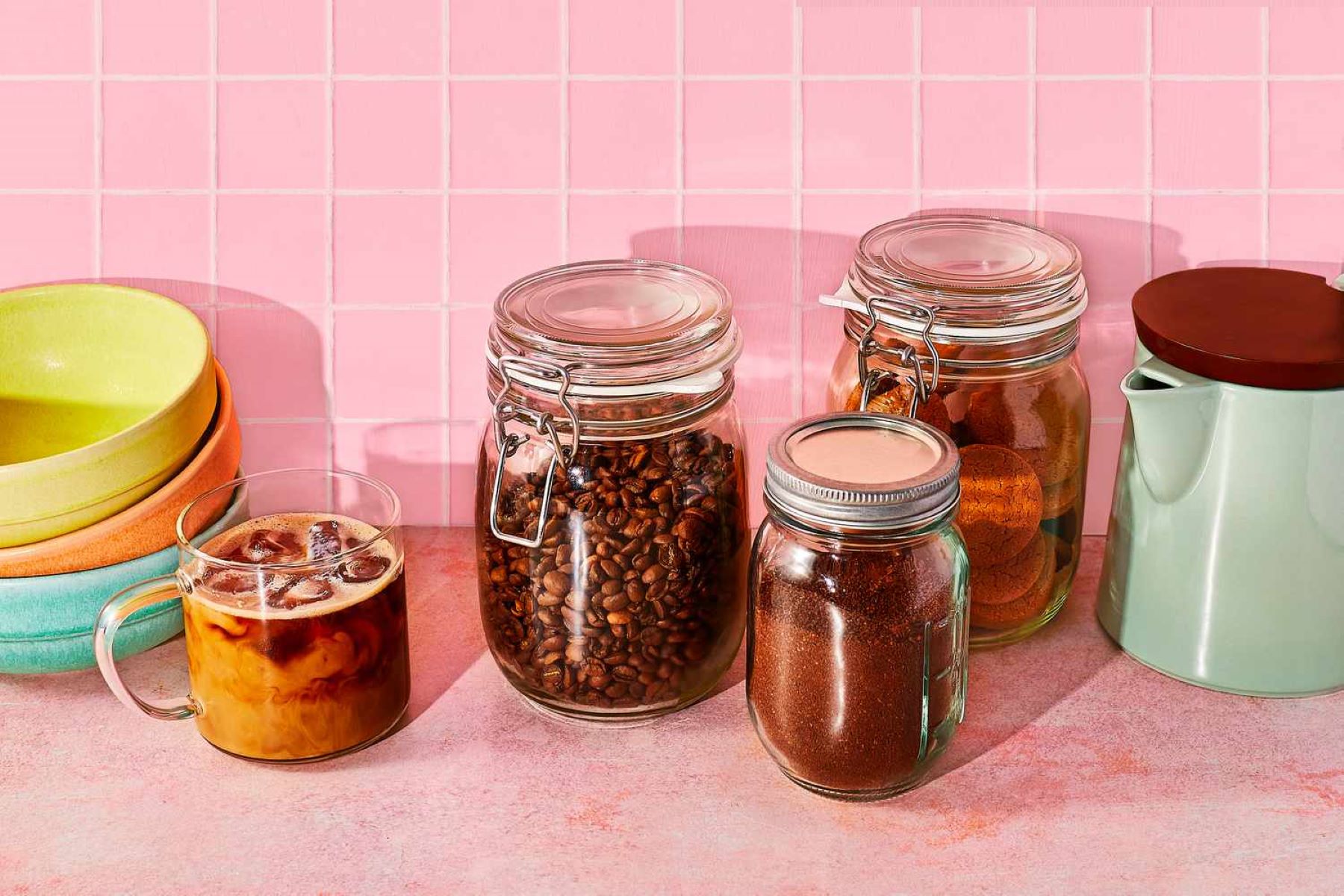


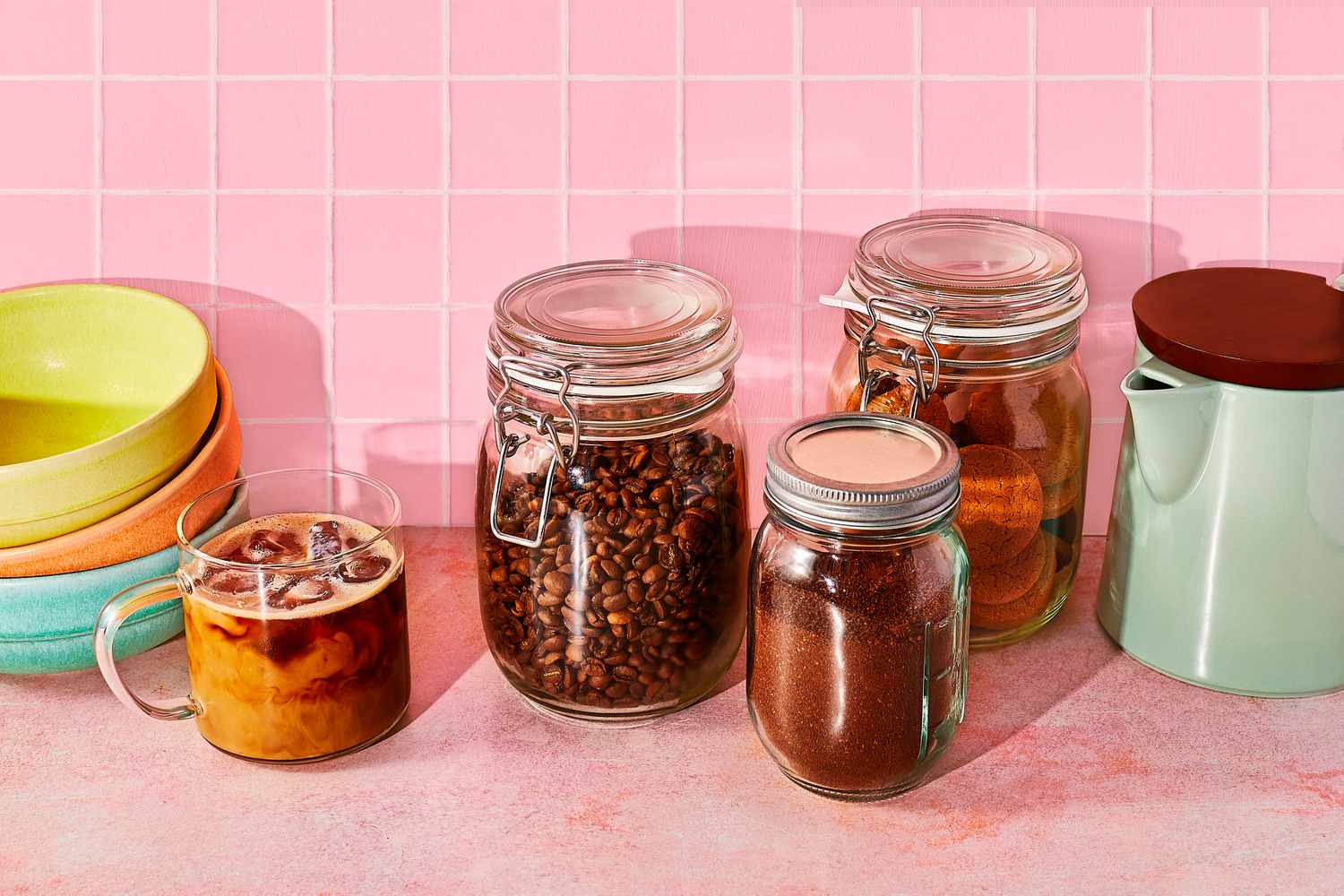
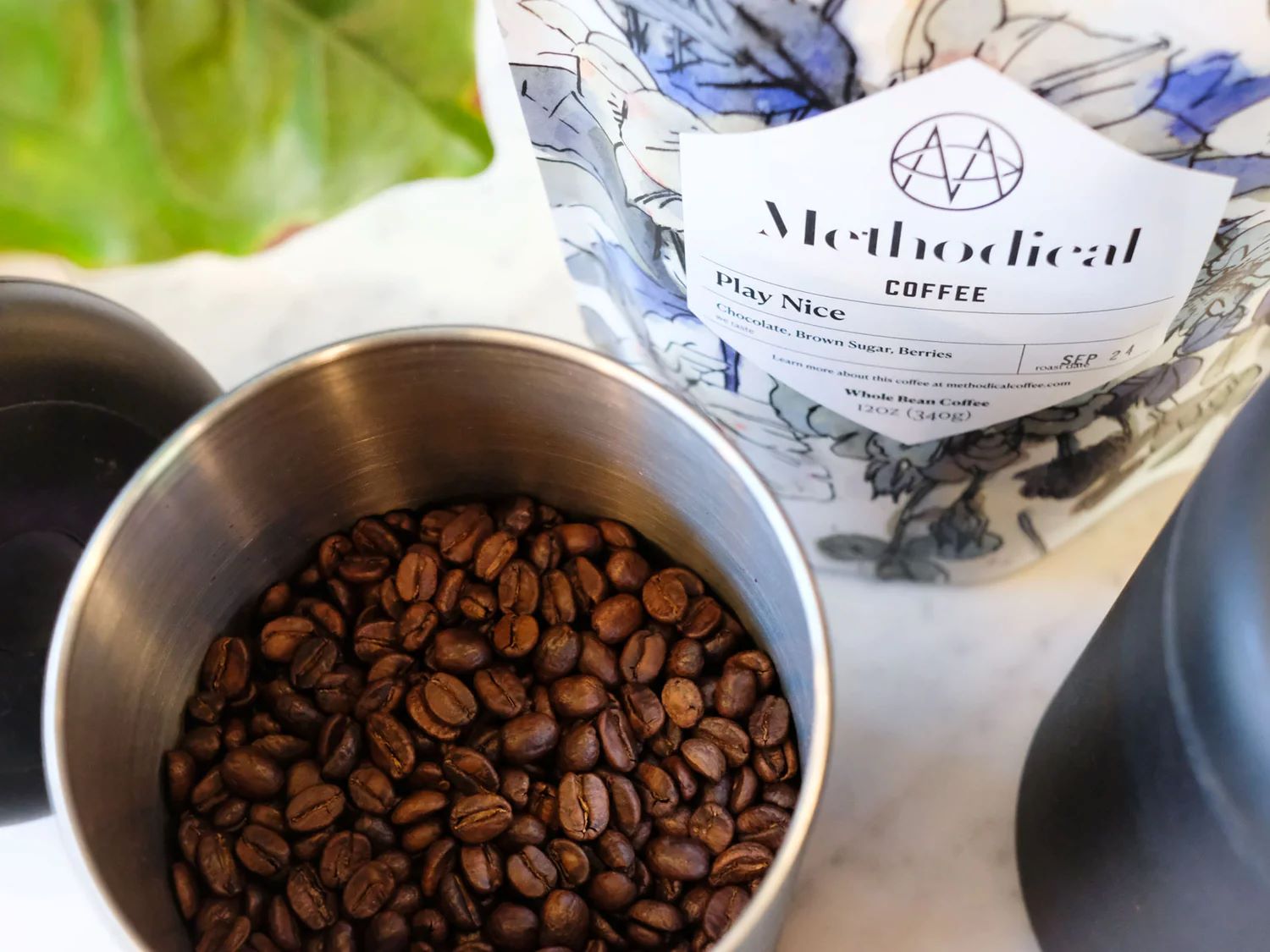
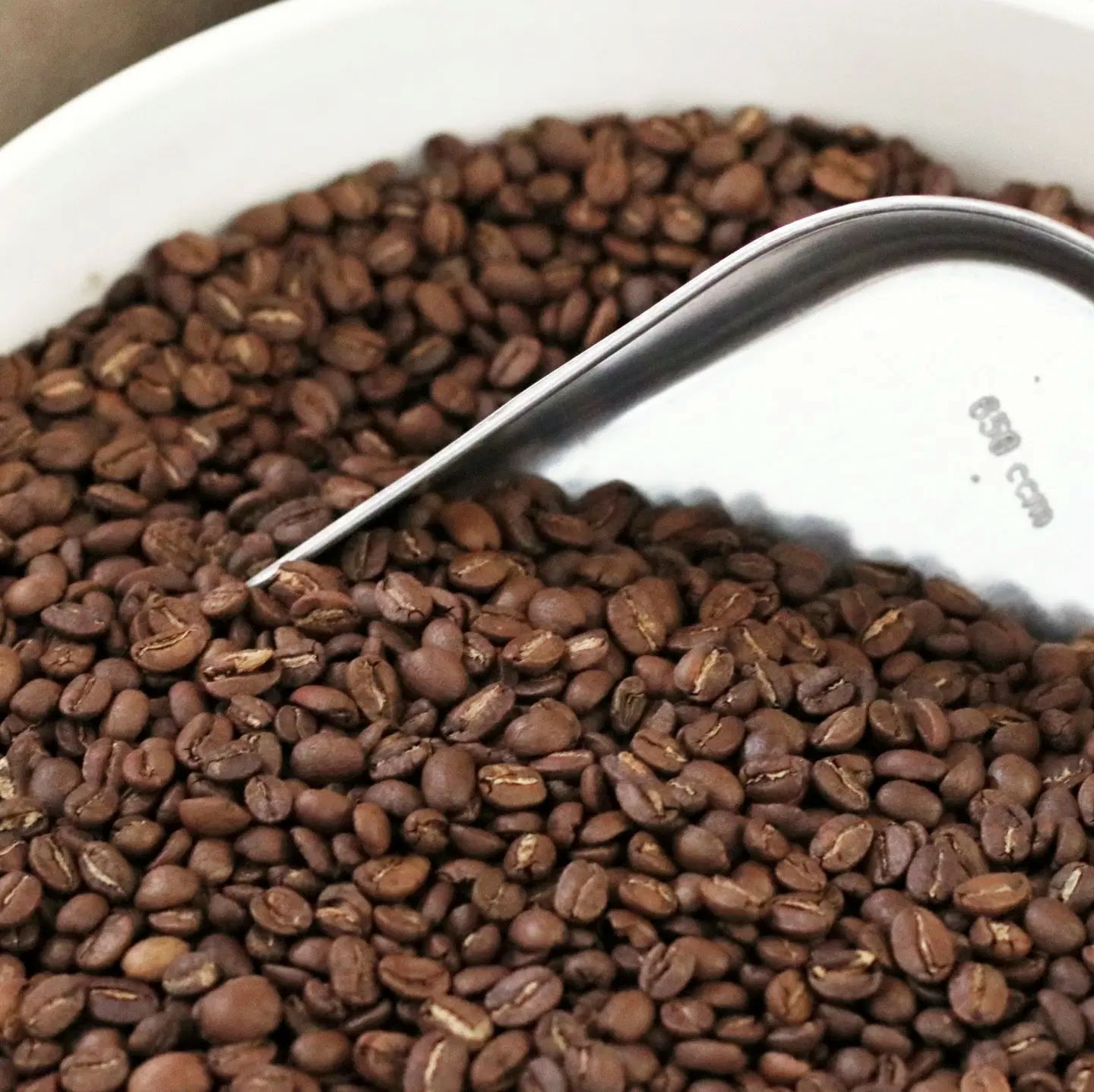
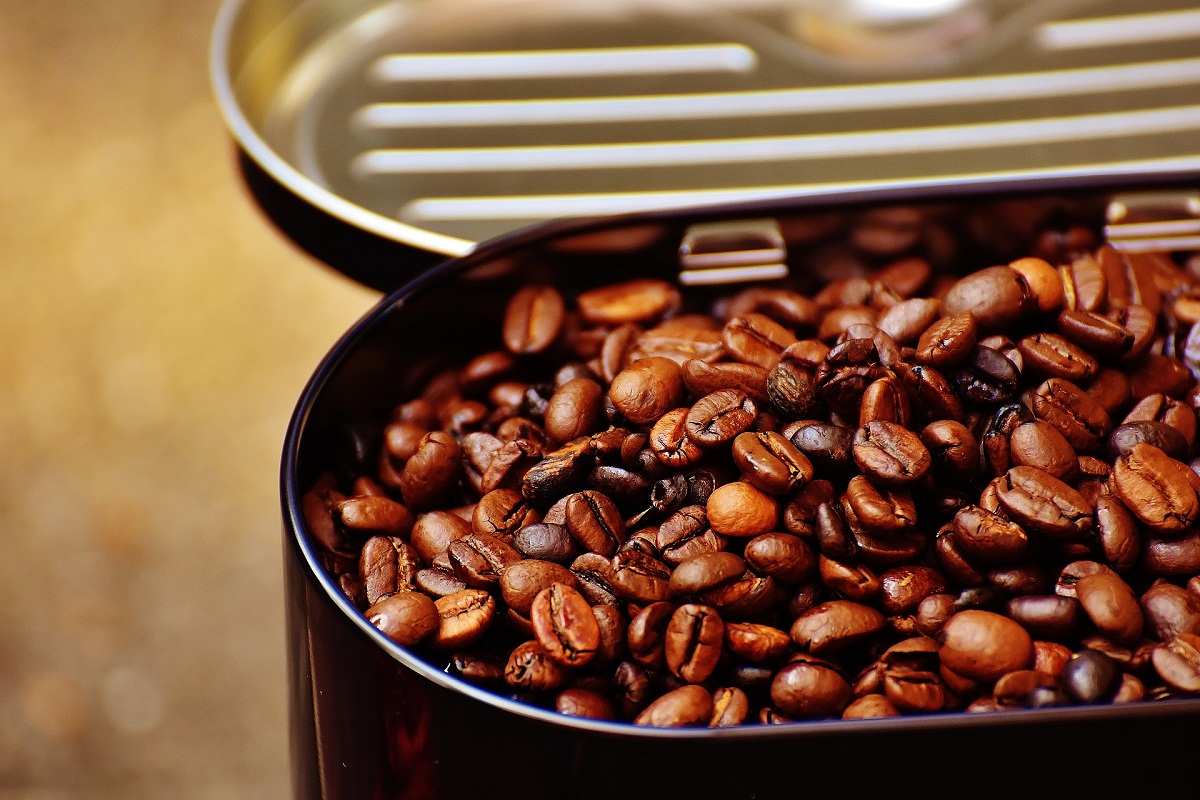
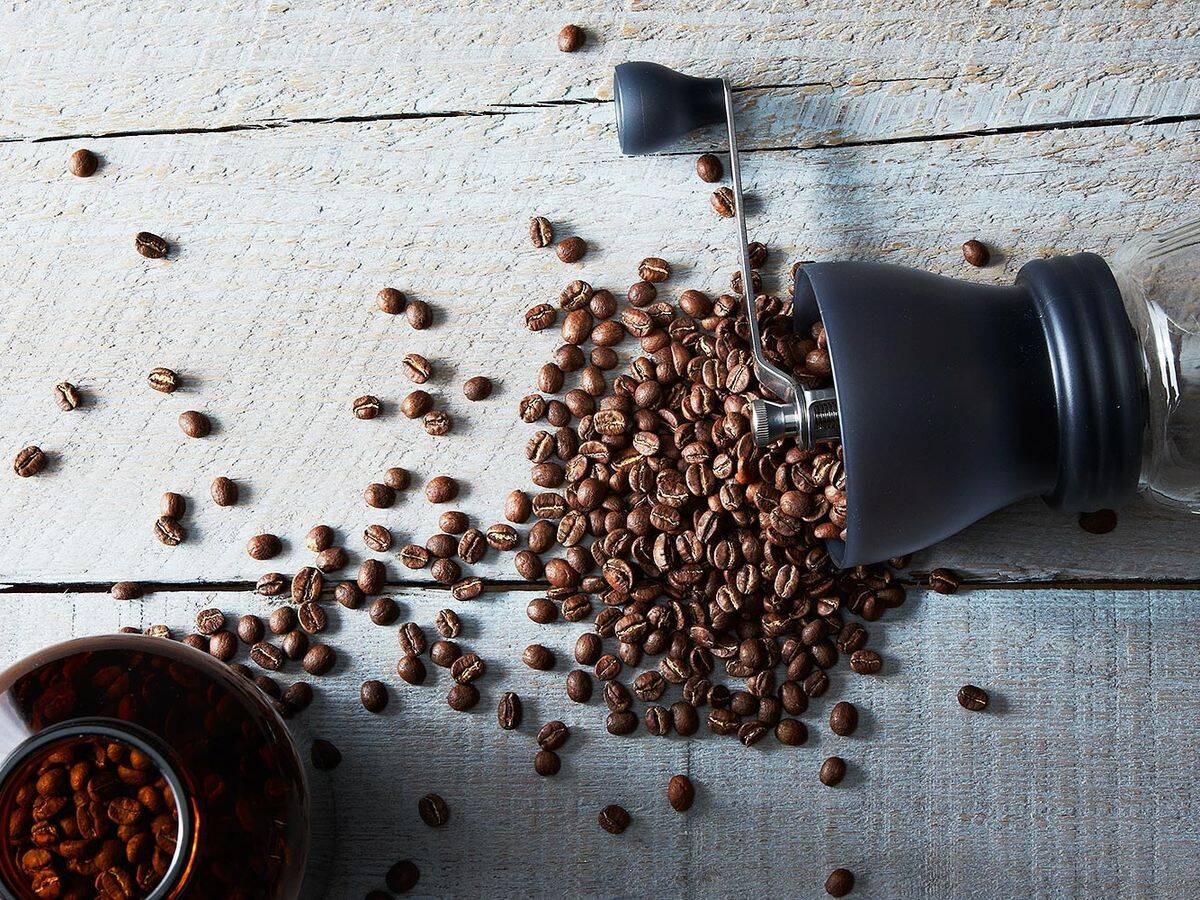
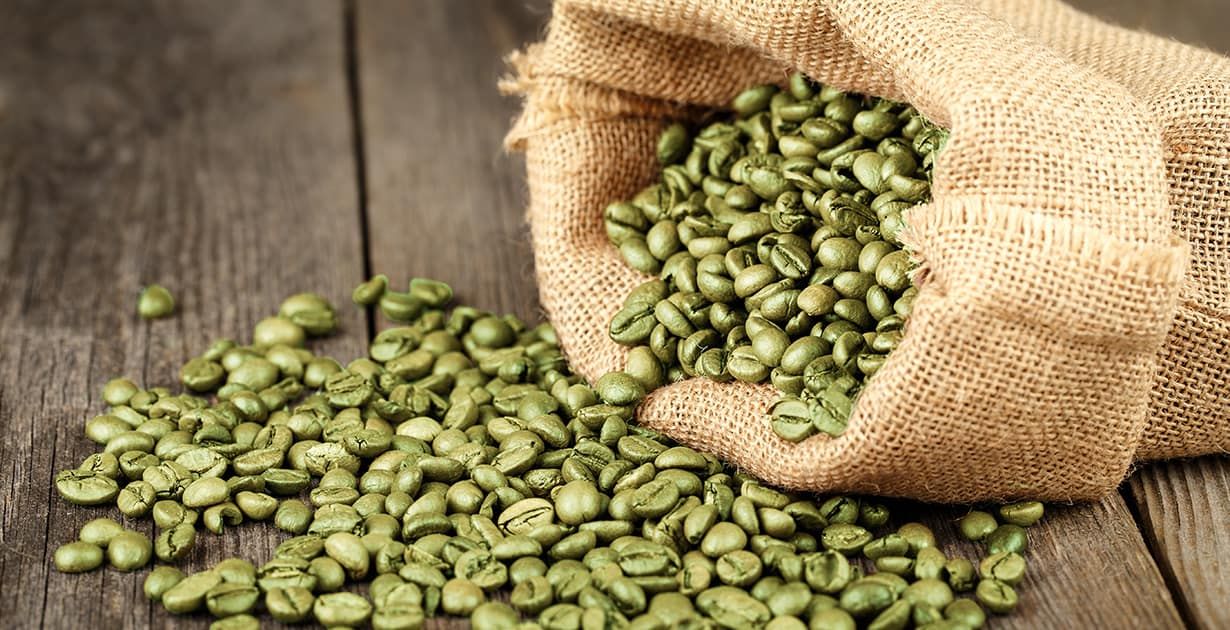
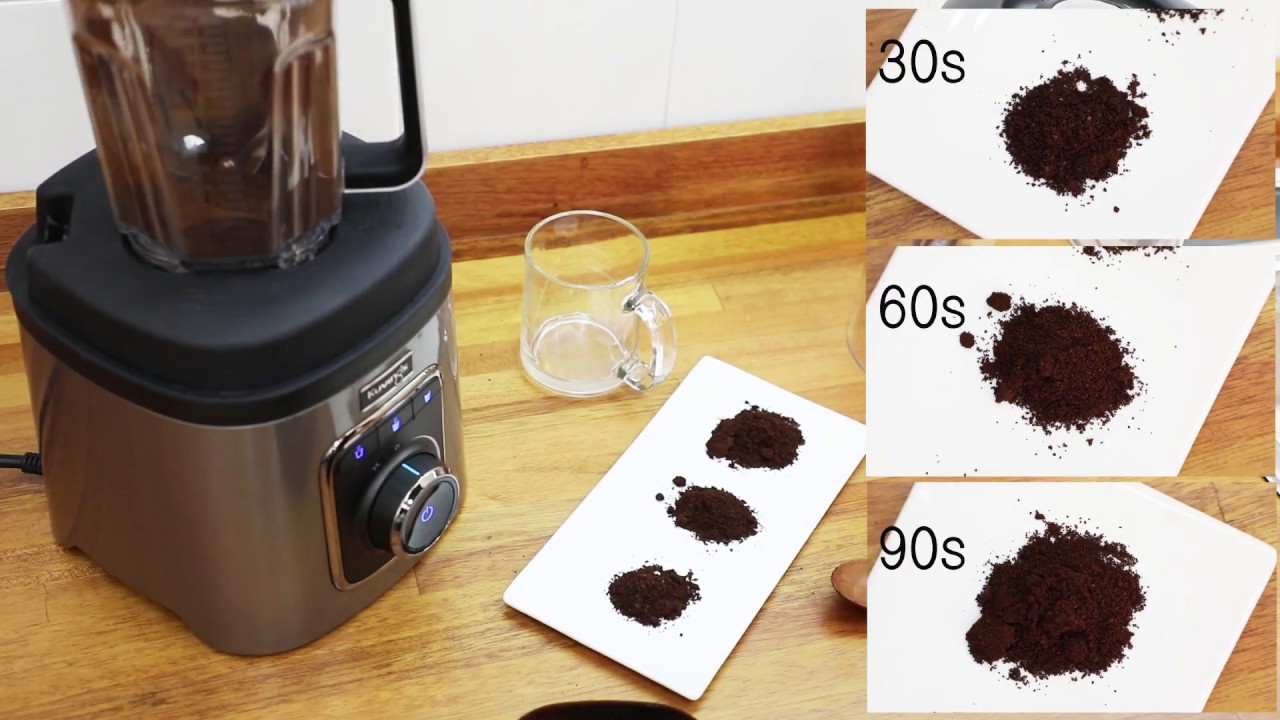
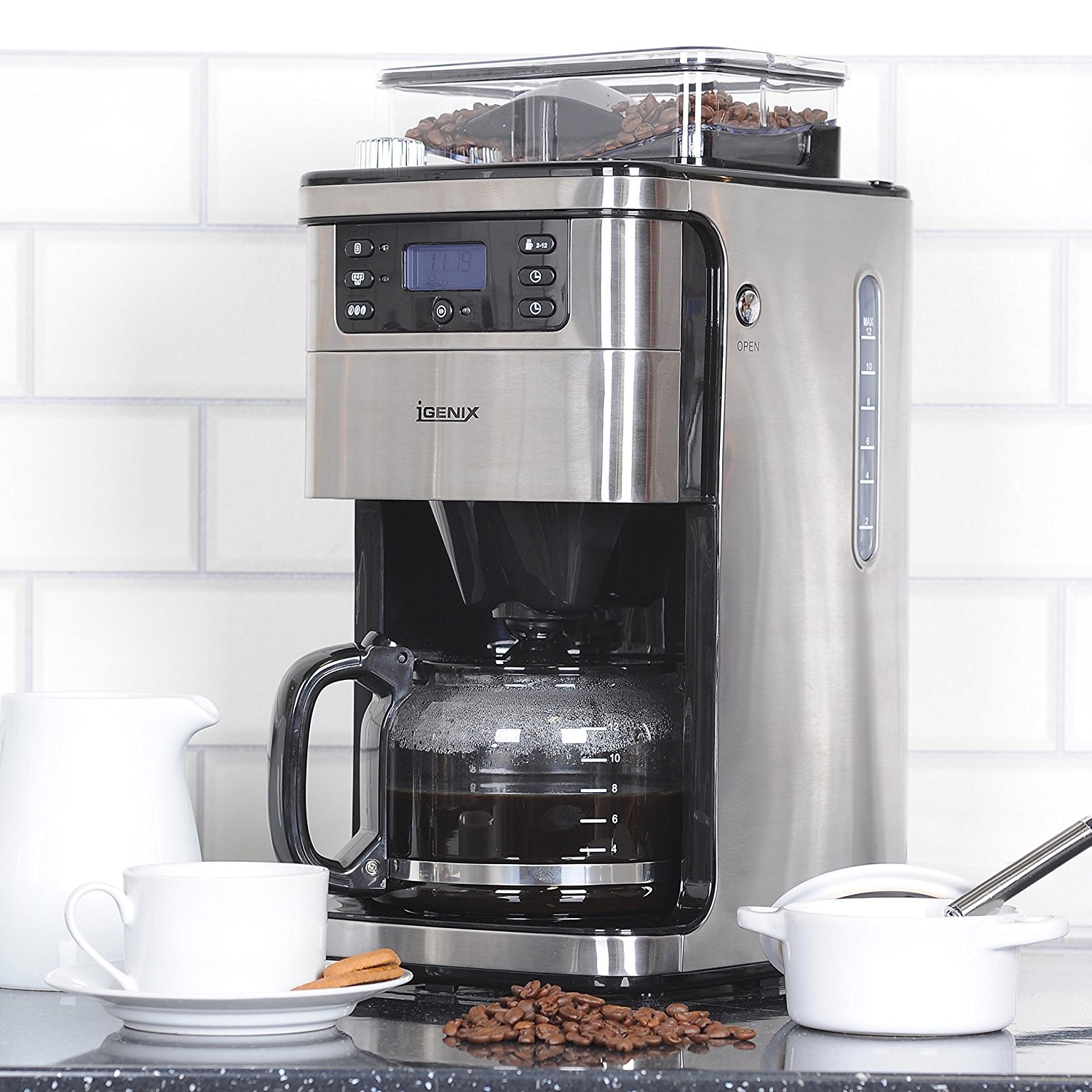
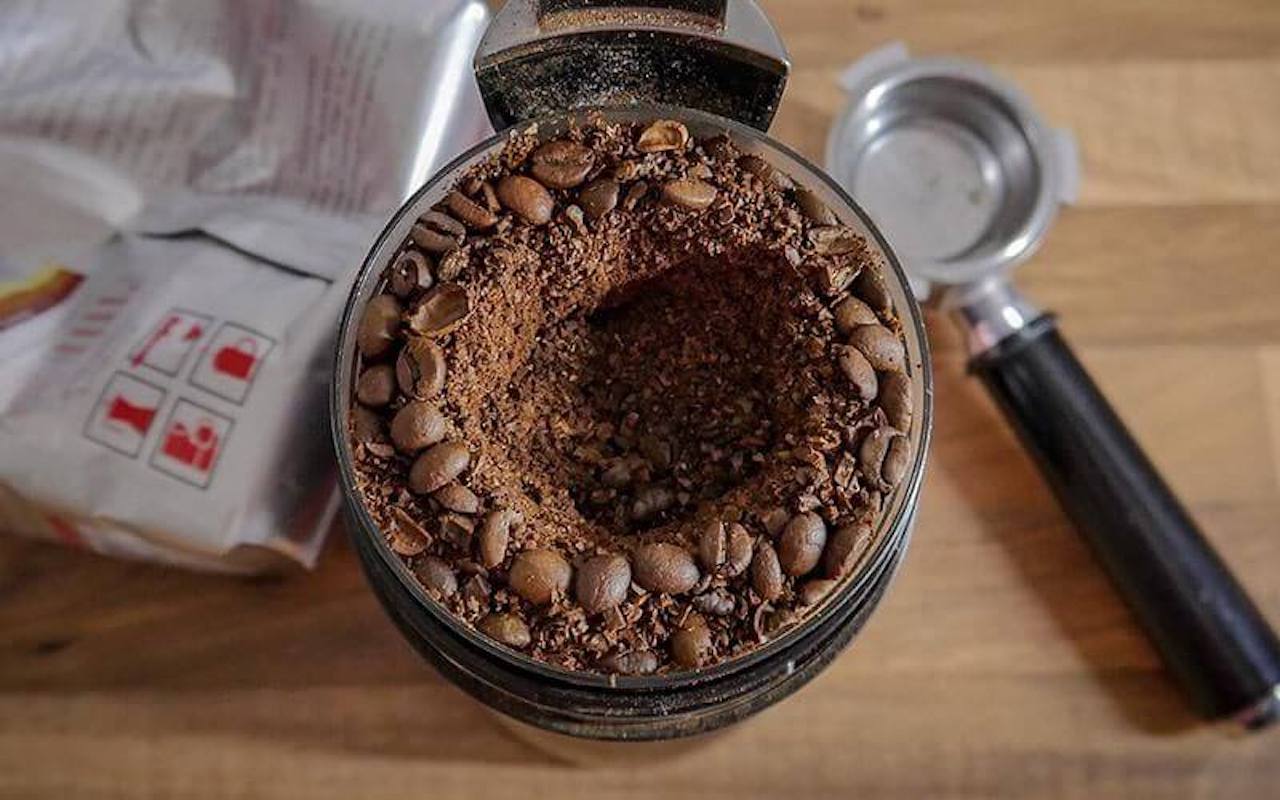
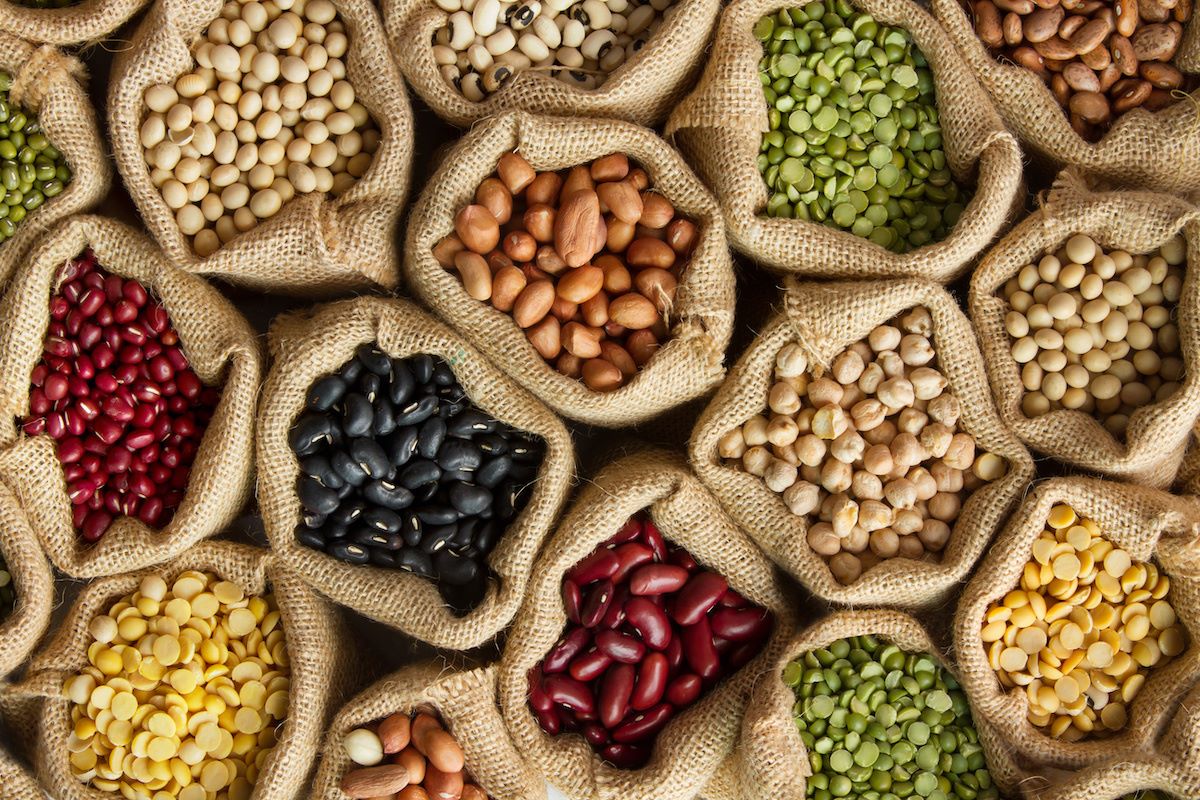

0 thoughts on “How To Store Coffee Beans”